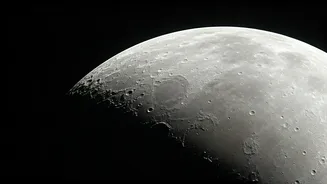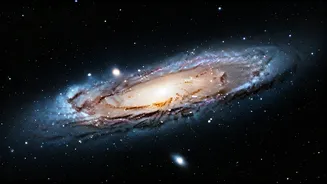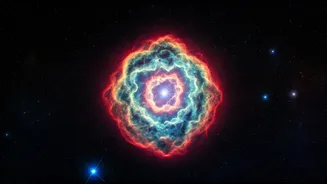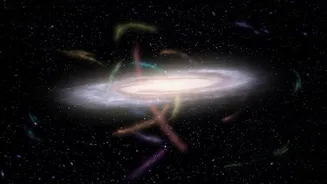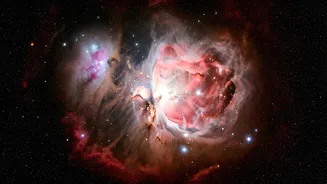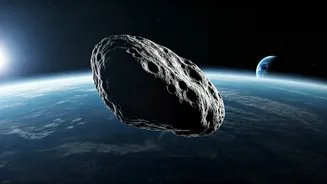Lunar Flash Mysteries
The moon, with its barren and exposed surface, provides a unique environment for studying various phenomena. Among the intriguing observations are the occasional,
unexpected flashes of light. These flashes, previously a source of speculation, have now been attributed to specific causes. NASA and the European Space Agency (ESA) joined forces to conduct comprehensive investigations. They analyzed data collected from various sources, including lunar orbiters and ground-based telescopes, to pinpoint the origins of these transient events. The flashes, lasting from milliseconds to seconds, vary in intensity. The research focused on correlating these flashes with external events and lunar surface characteristics. This collaborative effort aimed at understanding the nature of these phenomena, which is crucial for advancing our understanding of the lunar environment and space exploration in general.
Meteors as Triggers
One of the key findings from the NASA and ESA research points to meteoroid impacts as a significant cause of the observed flashes. The lunar surface is constantly bombarded by small space rocks. When these meteoroids hit the moon's surface, they release a burst of energy in the form of light. The impact creates a flash that can be detected by sensitive instruments. This phenomenon is amplified due to the lack of an atmosphere, which would normally absorb or scatter the light. Scientists used sophisticated models and simulations to estimate the frequency and intensity of meteoroid impacts. They correlated these calculations with the timing and brightness of the observed flashes. The data strongly suggests a direct link between meteoroid strikes and the transient light events. This discovery provides valuable insights into the frequency of meteoroid impacts on the moon and its implications for future lunar missions and potential hazards.
Gas Leaks Examined
Besides meteoroid impacts, the research also identified gas leaks as another factor contributing to the lunar flashes. The moon’s surface is known to harbor volatile substances, including gases trapped within the lunar soil and rocks. These gases, when released, can interact with the surrounding environment, generating light emissions. The researchers analyzed data to locate potential gas release areas. They examined the composition of the lunar surface and identified regions that were more likely to harbor volatile compounds. They also studied variations in the moon's tenuous atmosphere. Furthermore, they correlated these observations with the timing and characteristics of the flashes. The presence of gas leaks, coupled with the impact of meteoroids, suggests that the lunar environment is more dynamic than previously thought. This knowledge is important for understanding the geological activity of the moon and its possible history.
Implications for Future
The collaborative research undertaken by NASA and ESA provides significant implications for future lunar missions and scientific studies. Understanding the causes of these lunar flashes helps in assessing the risks associated with meteoroid impacts. These impacts could damage spacecraft and equipment and could potentially endanger astronauts on the moon. By identifying gas leaks, scientists can also get to know more about the moon's composition and geological processes. The findings from this research will inform future lunar exploration strategies. The findings highlight the importance of continuous monitoring of the lunar environment using advanced sensors and telescopes. Further studies will likely focus on refining models, monitoring lunar activity, and gaining a comprehensive understanding of the moon. This will ultimately contribute to the long-term sustainability of human presence on the moon.




